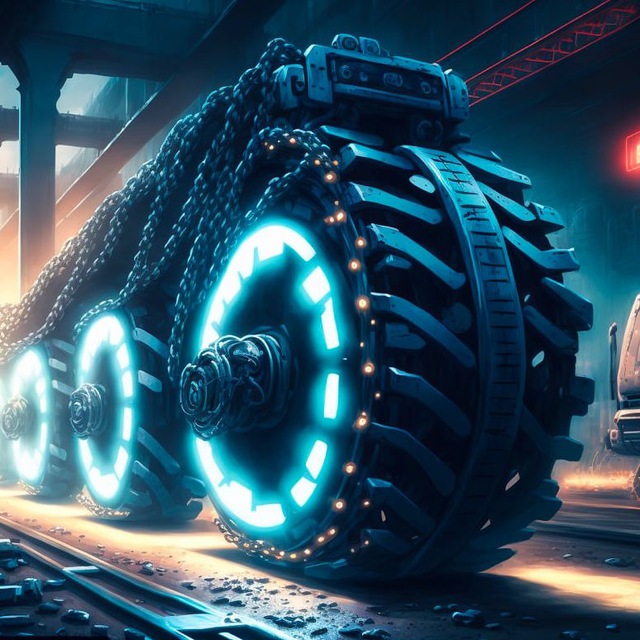Our Goal—
— Make every transaction a Bitcoin txn.
Drivechains—
—How we accomplish this.
Scaling Bitcoin: Lightning vs. Thunder
| Metric | BTC Cutting Edge (Lightning) | Our Better Strategy (Thunder) |
|---|---|---|
| Onboarding | Cannot possibly onboard 8 billion people, ever. Fewer than 80 million people can use simultaneously [1]. | Could onboard 8 billion people over the next five years [1]. |
| Liquidity | Managing inbound liquidity is expensive, counter-intuitive, and bad UX. | No such concept – always infinite liquidity. |
| Routes Failing | Has a failure rate of 5-25 % [3]. | Failure rate is 0 %. |
| Payment Size | Larger payments ($882+, 1 M sats) have higher fee, higher failure rate, longer txn time [3]. | Larger payments treated just the same as smaller payments. |
| L1 Bytes | HTLCs consume too many bytes (L1 feerate dust effect), making them useless in practice [1]. | HTLCs not needed. |
| Fee-Pass Through | 0 % (which will kill the security model, long term) [4]. | 100 % (guaranteeing happy coexistence between drivechains and miners). |
| 51 % Attack | Miners can steal from individual LN channels by censoring justice txns [5]. | Stealing would take 3-6 months, be publicly transparent, and result in miners losing money. |
Watch our Video
Community Engagement
419 tuned in · Nov 24 · 1:35:45
Frequently Asked Questions
What is Drivechain?
Drivechain is a soft fork upgrade for Bitcoin that enables new features and promotes 'build on Bitcoin'. Drivechain accomplishes that by introducing a superior type of sidechain for Bitcoin. Currently, all Bitcoin sidechains are federated. The sidechains introduced via Drivechain are, in the words of Adam Back, 'more peer-to-peer'. The new sidechains will allow users to experiment with new features and implement alternative rules for blockchains. Importantly, Drivechain is designed to enable more features to exist for Bitcoiners without necessarily introducing more monetary supply. To parrot Dr. Back again, we can say that Drivechain is designed to maximize innovation and minimize seigniorage.
How does Drivechain work?
With Drivechain, sidechains run parallel to Bitcoin's mainchain without a 15-party federated multisig. Instead, the massive dynamic multitude of Bitcoin miners play a vital role in the security model of the sidechains. The sidechains have their own consensus rules, allowing them to support new features. Bitcoin can be transferred between the mainchain and sidechains, enabling users to access a wide variety of blockchain applications without the need to buy an altcoin.
What are the benefits of using Drivechain?
Drivechain offers several benefits, including:
Scalability: Drivechains can help alleviate congestion on the main Bitcoin network by offloading transactions to large-block sidechains i.e. Thunder sidechains.
Flexibility: Developers can experiment with new features and technologies on sidechains without risking harm to Bitcoin mainchain.
Interoperability: value can be moved seamlessly between Bitcoin sidechains and Bitcoin mainchain, allowing users to use multiple blockchain applications without holding multiple cryptocurrencies.
Security: Sidechains are economically secured by transaction fees. As a sidechain grows, it becomes stronger.
How does Drivechain maintain security?
Drivechain utilizes a two-way peg system called hashrate escrow to securely move value between Bitcoin's mainchain and sidechains. As with Bitcoin, economic self-interest drives the successful operation of this mechanism.
How do I transfer bitcoin to a sidechain?
To transfer bitcoin to a sidechain, a special transaction is used (a 'peg in' transaction). This transaction locks your Bitcoin on the mainchain and simultaneously creates an equivalent amount of tokens on the desired sidechain. Once the transaction is confirmed, you can transact on the sidechain as you wish.
How do I transfer coins from a sidechain to the mainchain?
To transfer coins from a sidechain back to the main Bitcoin mainchain, you'll need to use a 'peg out' transaction. This transaction burns the sidechain tokens and unlocks an equal amount of bitcoin on the mainchain. After the transaction is confirmed, your bitcoin will be available for use on the mainchain.
What are some potential use cases for Drivechain sidechains?
The sidechains can support a wide variety of use cases, including:
Smart contracts
Privacy-focused transactions
Instant, low-cost payment channels
Decentralized finance (DeFi) applications
Tokenization of assets and securities


